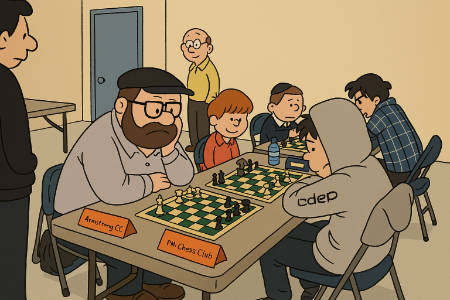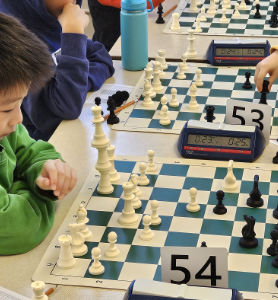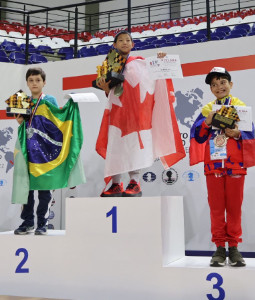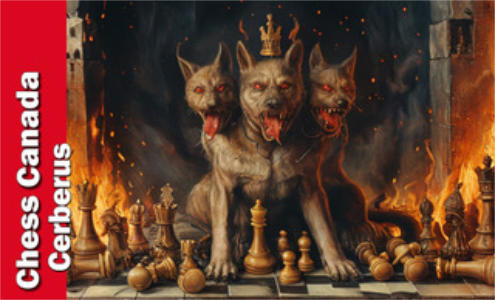The Chess Federation of Canada (CFC) is the National Sport Organization for the game & sport of chess in Canada.

Greater Toronto Chess League Team Championship
Cartoonish finish ... see results.
Kids playing 3-dimensional chess at
Chess with Mr S's CYCC Qualifier
FIDE World Cadet CC, Italy
Team Canada
FIDE World Youth CC, Brazil
Team Canada
FIDE Pan-American Schools CC, Paraguay
Team Canada - Medal Winners
FIDE Pan-American Schools CC, Paraguay
U11-Open 1st place: William Bi
FIDE Pan-American Schools CC, Paraguay
U9-Open 1st place: Zhihan Xu
FIDE Pan-American Schools CC, Paraguay
Team Canada
Now available: CFC Chess Canada Newsletter - Cerberus 2024
News
Quick Links
Under military attack ...
Under economic attack ...

Keep calm and play chess!
Puzzle of the Day

